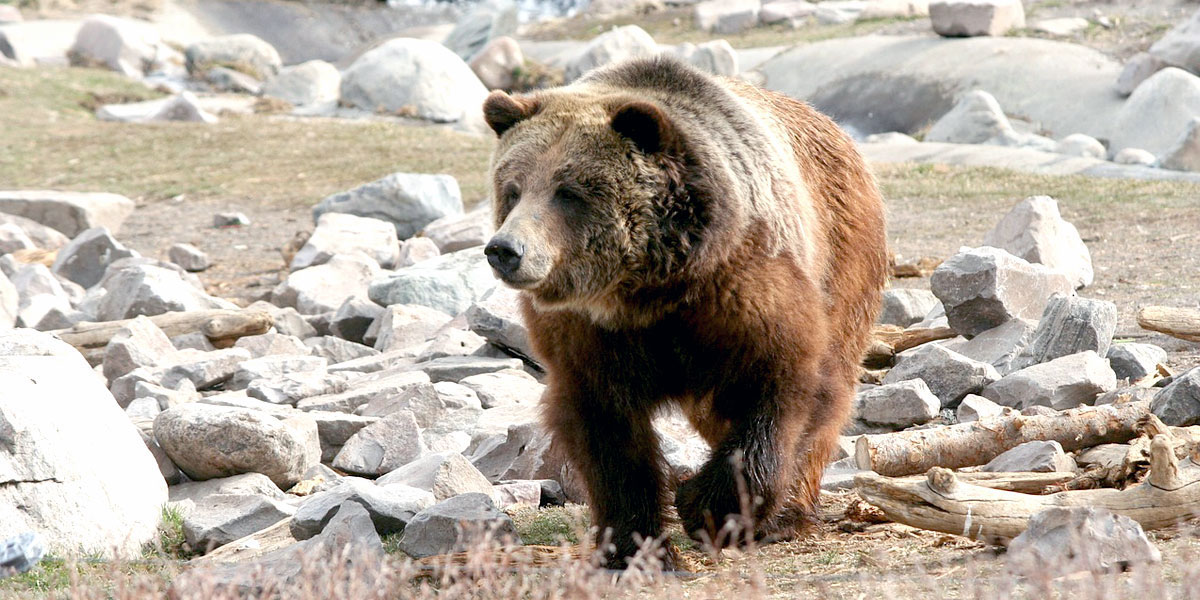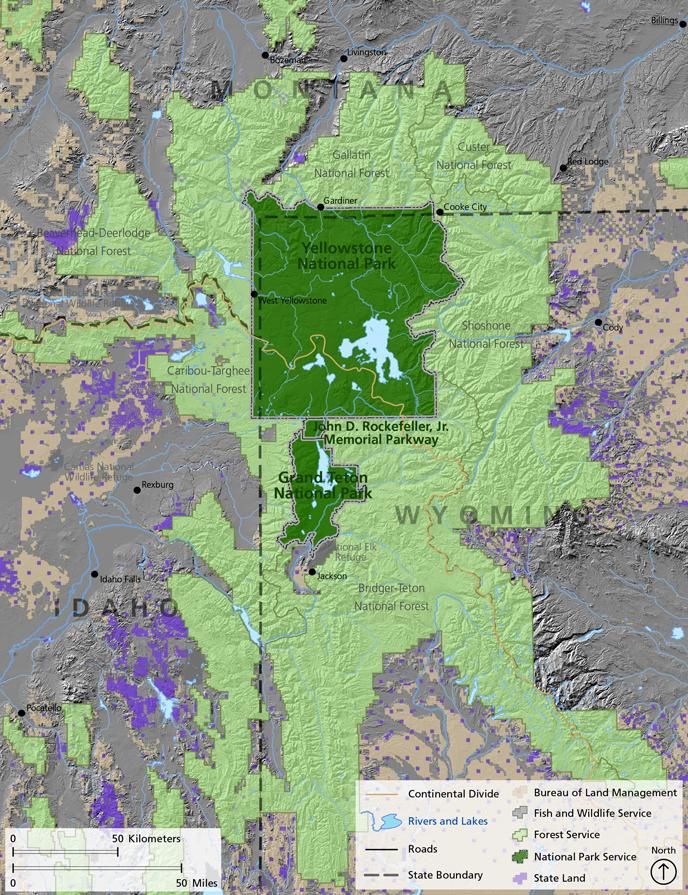
50 Native Tribes Join Fight to Prevent Delisting of Yellowstone Grizzly Bears

Tribal leaders from the U.S. and Canada signed a joint treaty today opposing the proposed delisting of Yellowstone grizzly bears by the U.S. Fish & Wildlife Service (USFWS). More than 50 federally recognized tribes, backed by the 900,000-member Assembly of First Nations, support the treaty.
The USFWS has been working to remove the Yellowstone grizzly bear from the threatened species list under the Endangered Species Act since 2005. Trophy hunters have been waiting for the opportunity to put a grizzly head on their walls ever since.
Grizzly Bears at Risk of Being Hunted for the First Time in Decades https://t.co/1XYPyaYEri @ConservationOrg @environmentca
— EcoWatch (@EcoWatch) March 12, 2016
In 2007, the Greater Yellowstone grizzly bear population was delisted, but a court challenge was upheld and it was returned to the threatened species list in 2009. The bears survived another court challenge when the USFWS appealed the decision to overturn the delisting, but an appellate court ruled in favor of the bears in 2011. Now, the USFWS is back for another try.

“The grizzly bear has been significant to the Blackfoot people since the time of our Creation,” said Chief Stanley Grier of the Piikani Nation, where one of several treaty ceremonies will take place today.
“It is cultural genocide. I wouldn’t put it any other way,” said Blackfeet councilwoman Cheryl Little Dog. “To delist and allow trophy hunting of the grizzly bear is the government again saying to our people, ‘Forget how sacred the grizzly bear is. Forget your sacred ways.'”
Grizzly bears once roamed the American West from California—where it is on the state flag—to the Great Plains and south to Mexico. By 1975, when the grizzly was added to the threatened species list, it was down to just two percent of its traditional range, and just 136 bears were left in the the Greater Yellowstone Ecosystem—which includes Yellowstone, Grand Teton and John D. Rockefeller national parks, along with national forests, the National Elk Refuge and some state and private lands in Montana, Idaho and Wyoming.

Today, there are about 150 grizzly bears with home ranges in Yellowstone National Park, and between 674 and 839 in the 34,375-square-mile Greater Yellowstone Ecosystem. The USFWS contends that this equates to recovery of the bears to a sustainable population. Conservationist Jane Goodall and 57 other scientists and experts disagree.
In May, they called on the USFWS to keep the bears protected. In July, a post on the Defenders of Wildlife blog noted:
“These grizzlies are also still isolated. Years of protection and conservation work have created a relatively safe landscape for the bears in this region, but not necessarily beyond it. With dangerous roads and human development criss-crossing a patchwork of habitats, it will be a difficult journey for Yellowstone grizzlies to safely travel to other grizzly bear populations or for bears from other populations to get to the Yellowstone ecosystem – something Yellowstone bears need to help the species remain healthy and resilient to change.”
https://twitter.com/EcoWatch/statuses/728622873536020482 with the legal authority to trophy hunt our sacred relative, the grizzly bear, is a continuation of that pattern,” said Tom Poor Bear, vice president of the Oglala Sioux Tribe, earlier this year.
The treaty signed today makes a statement about the core interests of Native American and Native Canadian peoples in the survival of the grizzly bear.
Federal Bill Seeks First Native American Land Grab in 100 Years https://t.co/qvNtJMjxDJ @Frack_Off @FrackAction @VanJones68 @shailenewoodley
— EcoWatch (@EcoWatch) September 20, 2016

 233k
233k  41k
41k  Subscribe
Subscribe 